A practicing architect for over 25 years, Douglas founded Envelope in 2002 to create a collaborative setting for the production of meaningful works of architecture, design and public space. His pioneering work applying interim activations as a means of community engagement has earned him widespread recognition.
We sat down with Douglas to discuss Envelope’s process, how collaboration is key and how their practices are rooted in anything but the status quo.
Can you tell us how Envelope was conceived?
We’re coming up on our 20th year! That seems so long ago! I founded Envelope to push the limits of practice, while creating a collaborative studio that gave our team real agency in the creative process. Our work is rooted in the idea that architecture — as an envelope that surrounds us — transforms our experience, our reality, our actions as well as our relationships to each other and to the world.
What makes Envelope different from other design and architecture studios?
Since the inception of the studio, we’ve eschewed the normative limits of architectural practice — taking on design strategy, development, construction, community stewardship, industrial design, furniture design, urban design, curation, graphics and writing — to achieve our goals as creative actors. We are ambitious designers who think about buildings, but also the cities, natural environments and systems that compose the wider world. We’re not content with what’s already been done; we’re constantly looking to create new forms and modes of living, working and playing. Our work is also very much rooted in community — giving voice to those who have been shut out of the process, bringing design to those who have been left out, seeking to change the balance of power in the ways that cities are made.
“It is incredibly important to us that each of our projects are unique and derive from the people, the urban/natural places and social contexts they arise from.”
Tell us about your process when collaborating with your clients.
Our design process is based on deep listening, inquiry and empathy. We seek out the unusual prompt, the essential qualities of people or places, the poignant ideas. It is incredibly important to us that each of our projects are unique and derives from the people, the urban/natural places and the social contexts they arise from. Simultaneously, we challenge our clients and bring them to a place that they might never have imagined or found on their own. We have an intensive iterative process of visioning as the design develops and we use visual communication tools that allow our clients to make informed decisions at each stage. The trust and respect that emerges open up the possibility of transformative projects as well as long-term relationships of mutual support and appreciation.
How does environmental sustainability factor into your projects?
We don’t see sustainability as an add-on product, material or finish, but a deep set of design operations that are synthesized into a resolved project. The Hollywood Hills House is a great example. Here, we incorporated passive cooling through thermal mass, photovoltaic panels for over 50% of the electrical need, solar hot water heating and is designed to open itself up and engage with the natural thermal environment. Beyond that, the risks of fires, earthquakes and power outages — all very real elements of our current context — are at the heart of the design.
What would you consider to be the most substantial change in the field of design and architecture since you opened your firm?
More than ever architects and designers need to be agents of change in the creation of a better world. The days are very much over where designers can just follow the brief given to them; we cannot be mere service providers. We must speak for the environment, for equity, for inclusion, and for better cities. We need to use our design thinking and our soft power for positive change or we’re really just part of the problem.
How has the global pandemic impacted your business—any silver linings?
Though we have definitely been affected, we have used this time to foster new modes of collaboration — both in design and research — with a focus on work that has a tangible positive impact on Bay Area neighborhoods of color. At NOW Hunters Point, an interim activation project, we’ve partnered with other organizations to provide food and resources for the Bayview Hunters Point community. Each week, we’re giving away about 350 bags of produce, along with masks, children’s books and other resources. These projects that make a difference in our communities have given our team a sense of purpose during this slow-moving series of disasters we find ourselves in!
What advice would you give to those just entering the design industry today?
Adapt quickly. Work hard. Be passionate. Focus on projects of impact. Think about the long term. Be kind to yourself and to others. Bring your whole self to everything you do.
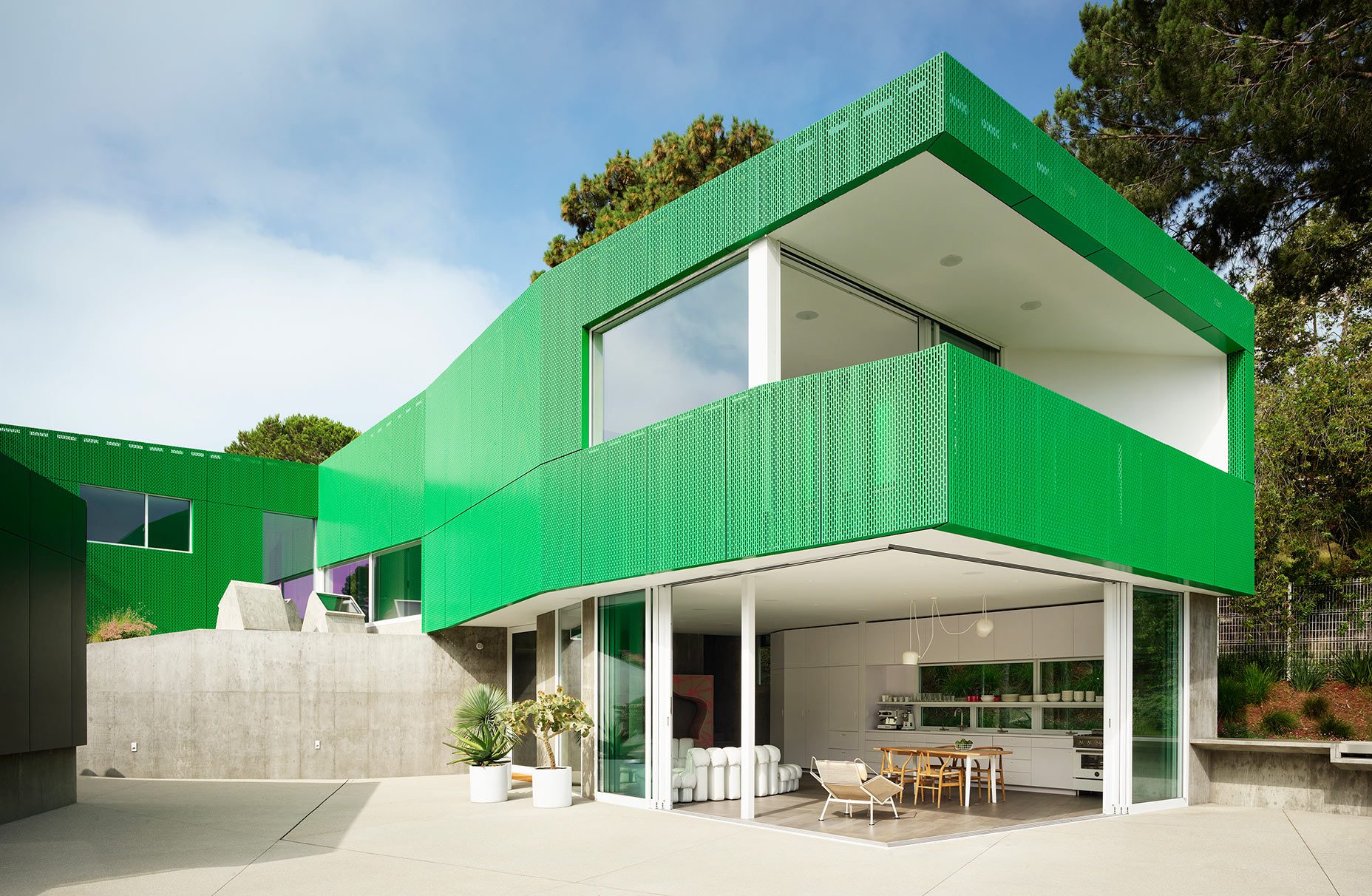


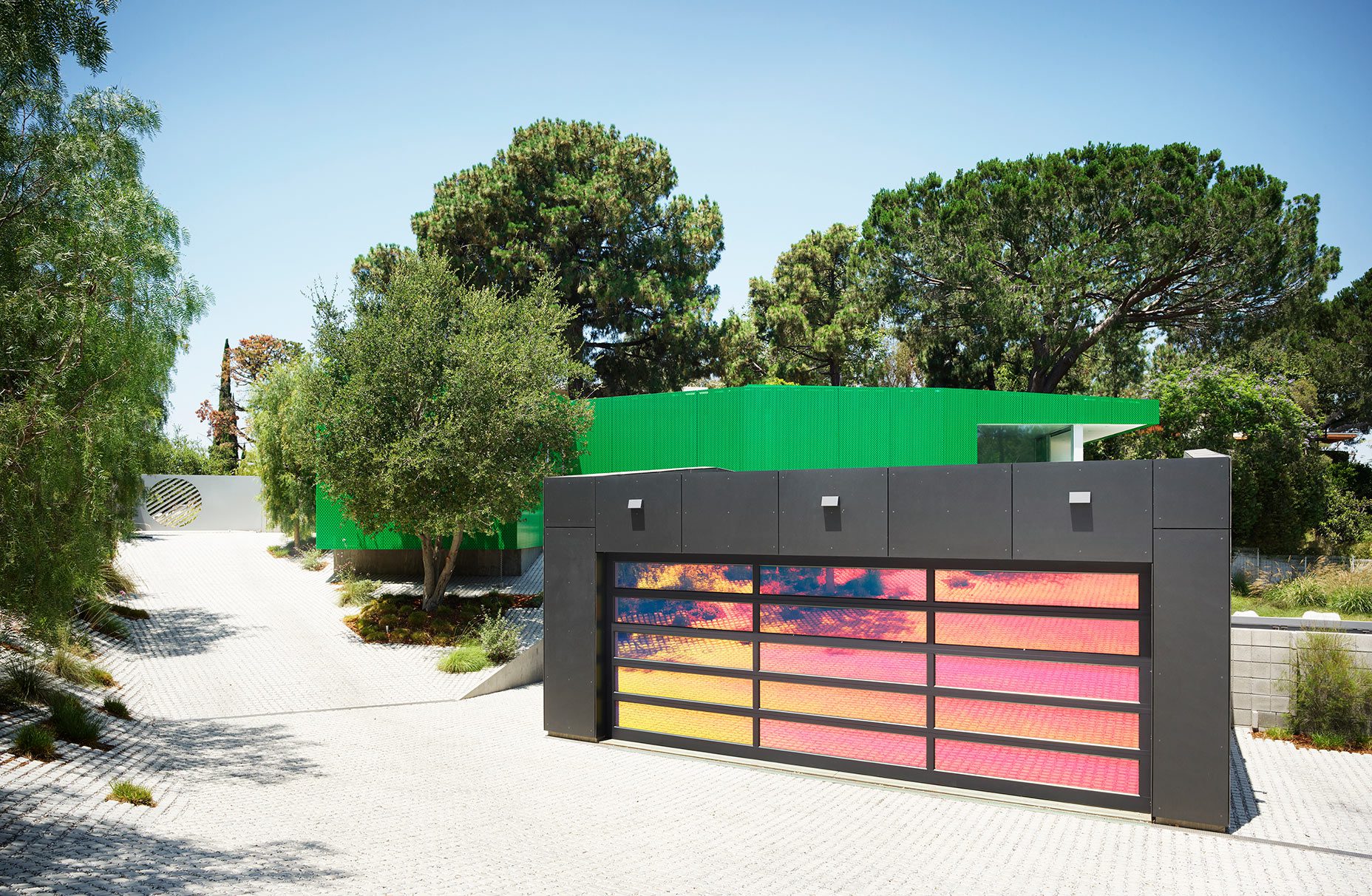

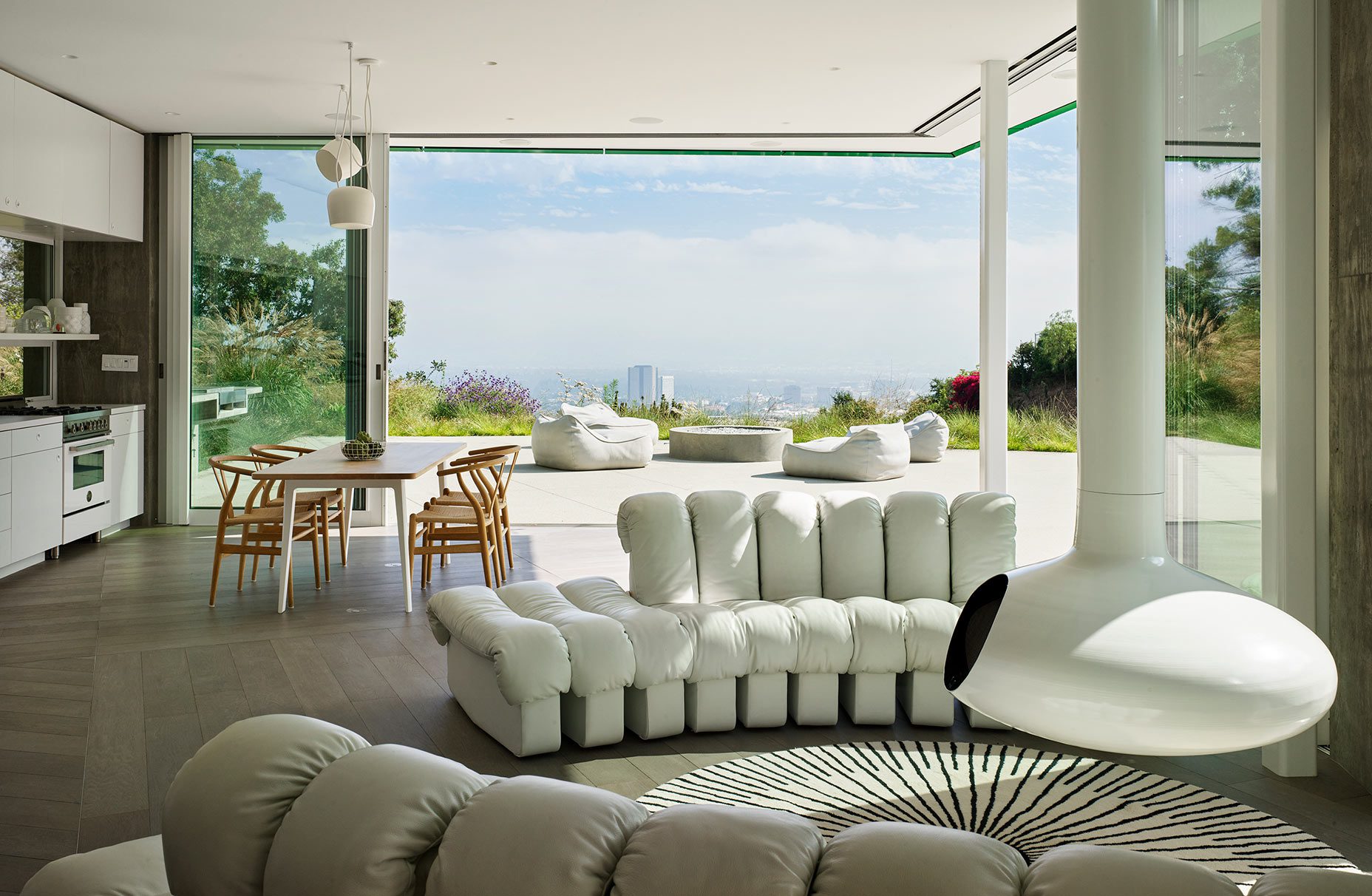
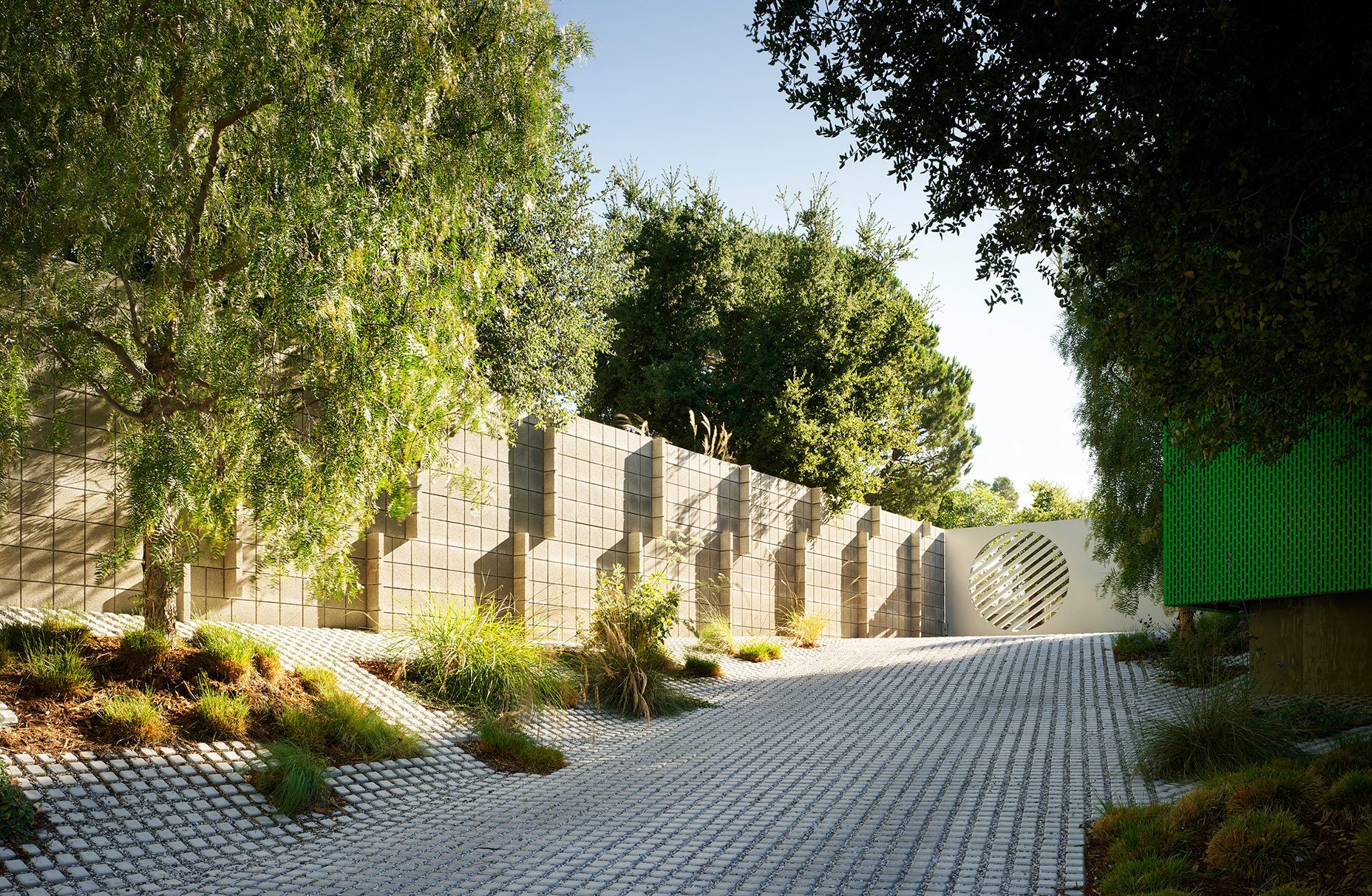
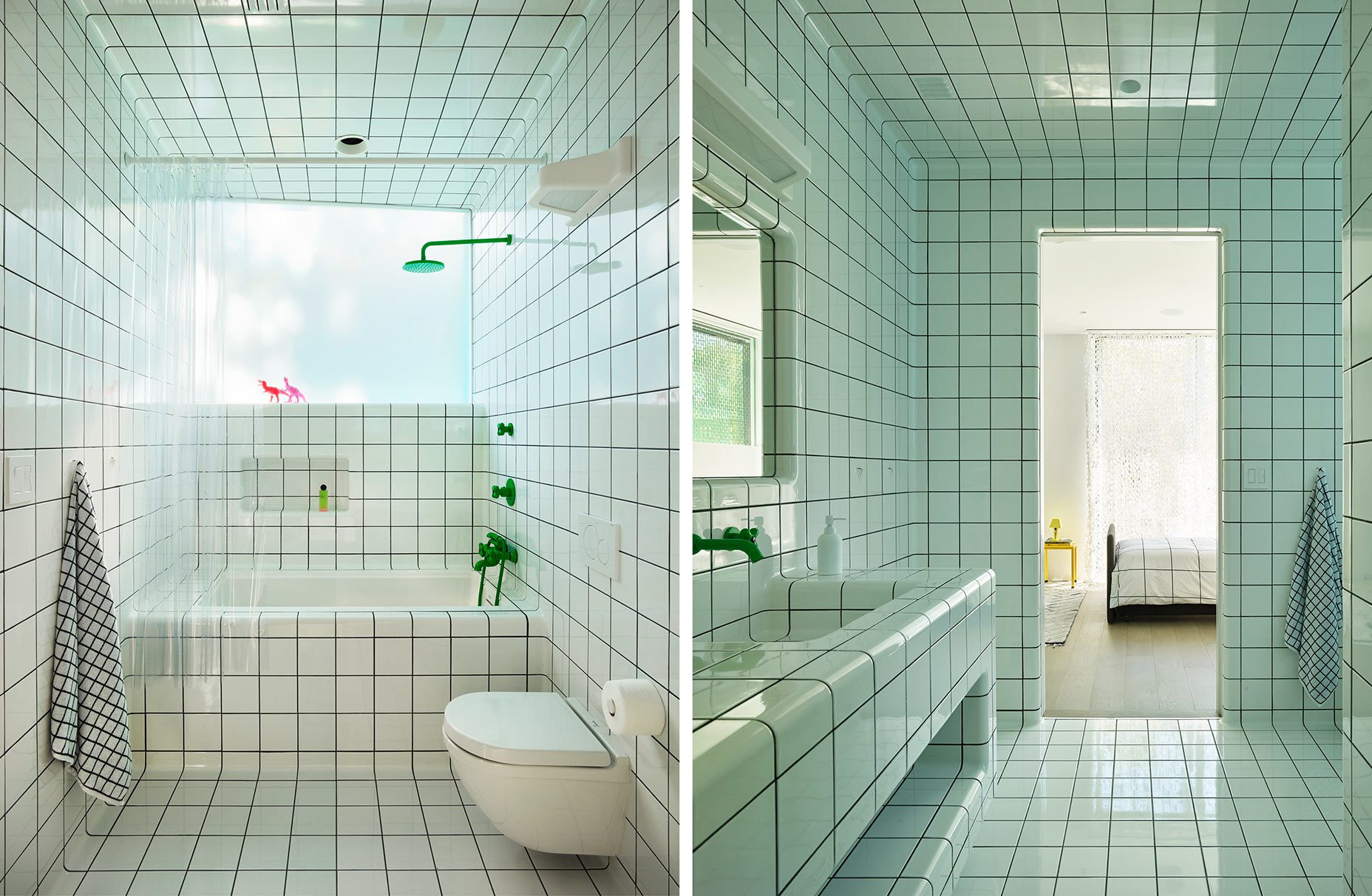
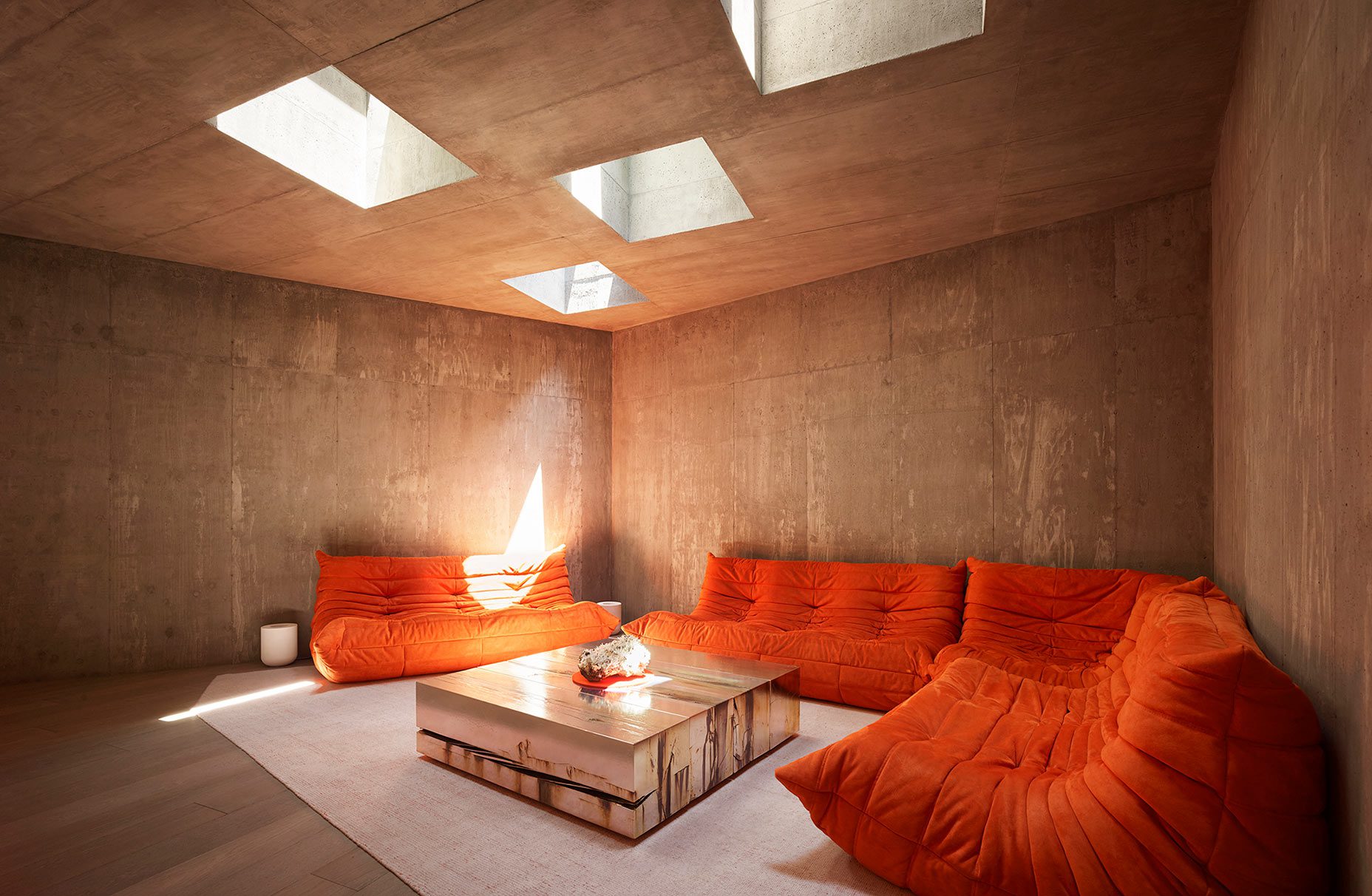

Photography by Matthew Millman



